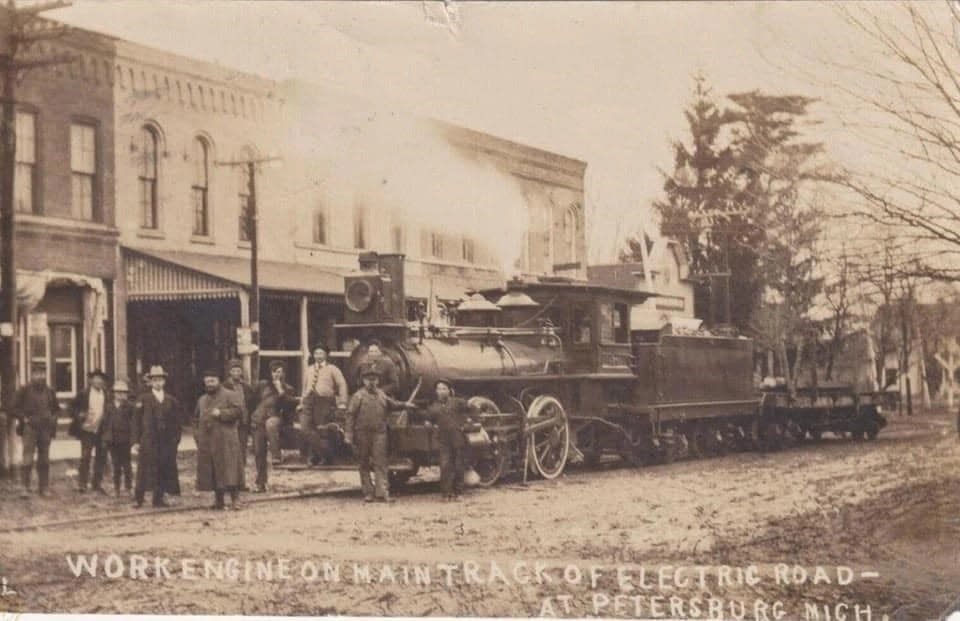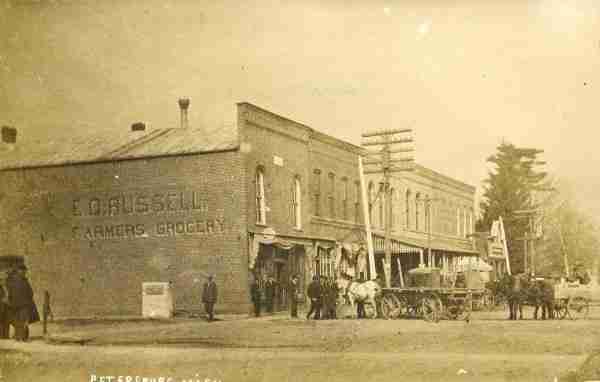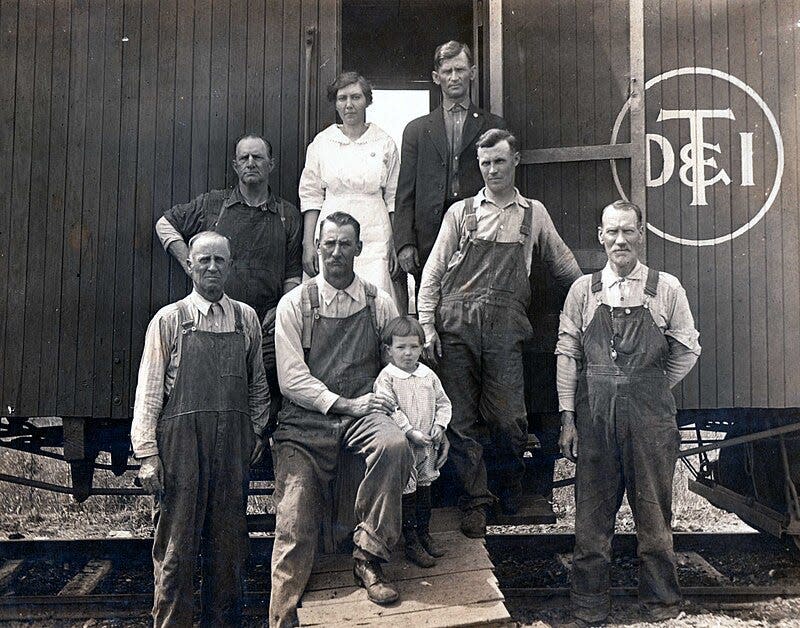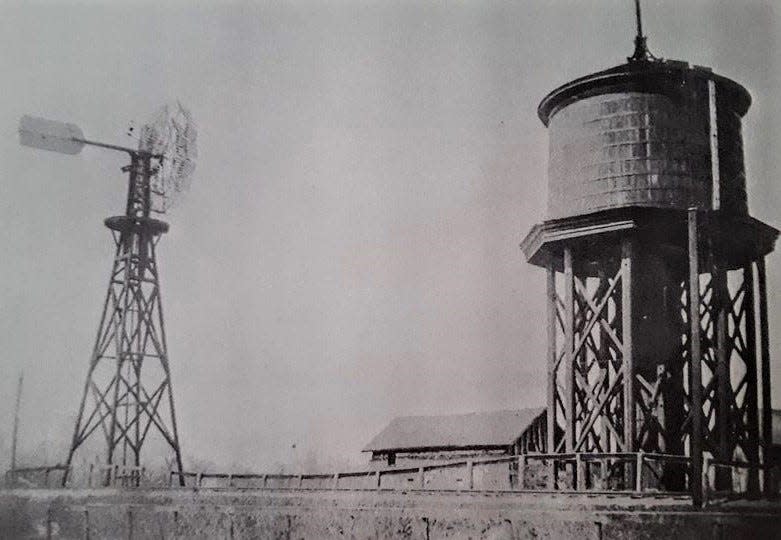Petersburg, settled around 1824, is the second smallest Michigan city
Petersburg has the distinction of being the second smallest city by land area in Michigan, at 0.49 square miles (only Clarkston, north of Detroit, is smaller, at 0.44 square miles). Even though it’s small, Petersburg has served as a key agricultural area and as a central railroad location in Southeast Michigan.

According to Michiganrailroads.com editor Dale Berry, Petersburg, also known in its early days as Petersburgh, was settled about 1824. Paul Petosky of the Genealogy Trails History Group described Petersburg as originating from the farm of Richard Peters (for whom it was named) and deeded by him to Thomas T. Cole and Austin E. Wing in 1836. Cole and Wing platted the original village. According to Petosky, “The village is nicely laid out with broad streets, thickly shaded with evergreen trees, the streets crossing at right angles east and west. The corporation is laid out into blocks of about three acres each and are uniformly graded and well provided with sidewalks. For communication with the outside world, the Lake Shore runs three passenger trains each way daily on the Detroit division, while telegraph and express facilities are much better than in many places of greater pretensions.”

Through the years, Petersburg’s location and access to irrigation from the River Raisin have made it a prime area for agriculture. Tomatoes are a popular crop, and the Iott Ranch & Orchard, located on Alt Road, and Steve’s Farm Market, located on Covert Road, are prime examples of successful growers and retailers. Iott’s salsa tomatoes are popular with both commercial customers and regular consumers. Steve’s Farm Market sells canning tomatoes, cabbage, green beans, and, in the fall, it is a popular pumpkin patch location for those looking for a Halloween pumpkin for carving as well as for baking and eating.
Other successful Petersburg-area farms include Beland Farms, Sieler Farms, Kleindienst Farms, Ruehs Family Farms, Lajines Farms, the Ard Farm, the Friedrich Farm, Fred Smith Farms, the Lieven Brothers Farm, and the Koraleski Farms/Greenhouse.
In 2010, Alexandra Reau, then 14-years-old, was featured in the New York Times for her Garden to Go Community-Supported Agriculture venture.

In the 1840s, Petersburg became a station stop on the Lake Shore and Michigan Southern line, one of the state's first railroads from Monroe to Adrian and beyond. Later, the Canada Southern Railroad came through Petersburg. Eventually, the Detroit, Toledo & Ironton (DT&I) Railroad built a branch from Petersburg south to Toledo. The DT&I line was related to a branch line which came up Saline Street from Petersburg Junction (about a mile south of town).

The DT&I was formed in 1901 via the merger of the Detroit and Lima Northern Railway and the Ohio Southern Railway and was originally known as the Detroit Southern Railroad. The Harry B. Hollins & Company moved its incorporation to Michigan and renamed it the DT&I in 1914. A spur line also operated from Toledo through Adrian and north to Tecumseh. Henry Ford purchased the DT&I in 1920 and attempted to electrify it. When the project proved to be too costly, overregulated (in Ford’s opinion) by the Interstate Commerce Commission, and problematic, Ford sold the DT&I in 1929. It returned to standard engine service.
Subscribe Now: For all the latest local developments, breaking news and high school sports content.
Portions of the DT&I line were purchased in the 1990s by the Grand Trunk Western Railroad (GTW), including track rights from Dundee to Flat Rock. Today, the Connecticut-based Genesee & Wyoming Inc., an operator of 122 short lines railroads in the U.S. and in Europe, owns and operates most of what remains of the original DT&I lines in Monroe County to carry freight south, east, and west.
— Tom Adamich is president of Visiting Librarian Service, a firm he has operated since 1993. He also is project archivist for the Greening Nursery Co. and Family Archives and the electric vehicle awareness coordinator at Monroe County Community College.
This article originally appeared on The Monroe News: Petersburg, settled around 1824, is the second smallest Michigan city

